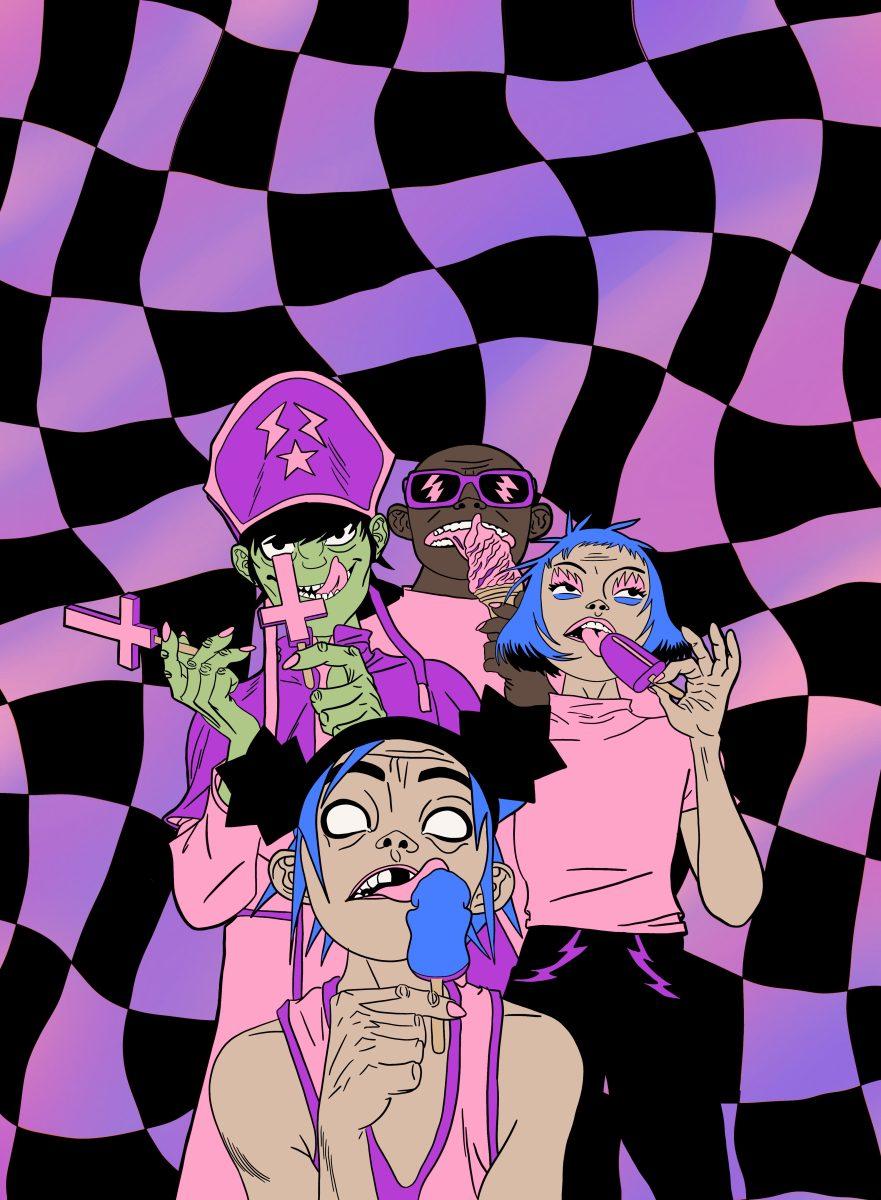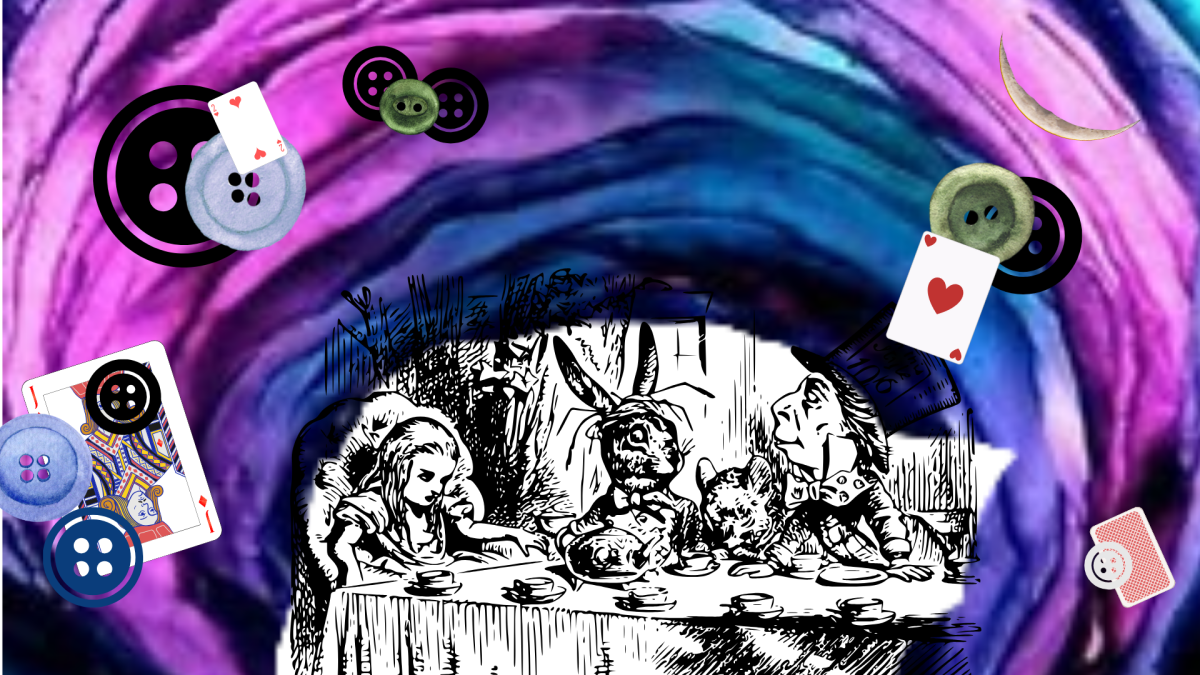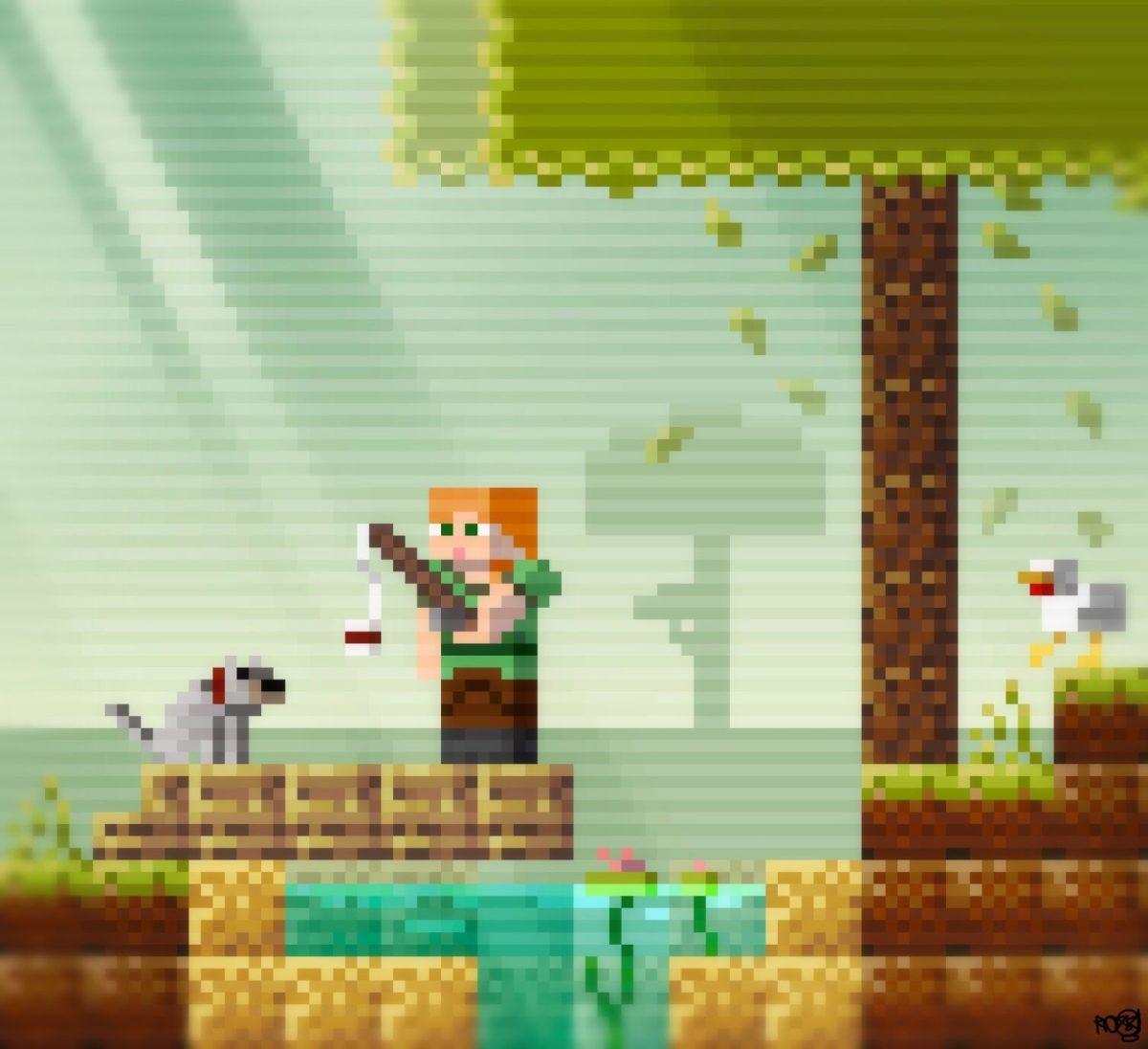Gorillaz reflects the beauty and advantage of a completely virtual band with only a single consistently returning musician. Damon Albarn fabricated characters to serve as the band’s frontmen in place of human musicians. This decision gives him unlimited creative freedom over his work and full authority to do whatever he can dream of with his music.
“Cracker Island,” Gorillaz’s eighth studio album released Feb. 24, didn’t take advantage of this liberty like their previous discography did. Although the album sounds distinctly Gorillaz, that may be its fatal flaw. The band’s greatest strength was their constant ability to take risks with their music and refusal to morph into a single consistent genre.
The elements that qualified as risky for the past two decades now sound cliche on “Cracker Island,” and although their style is one that stands on its own, it’s becoming repetitive and tiring. The broken beat, heavy bass and touches of funk doesn’t give the listener much of a different sensation than if they hit shuffle on any other Gorillaz album.
In addition to the overused instrumentals, the lyrics are nothing more than routine for the group. Electronica and other genres the band tends to touch on don’t necessarily need groundbreaking lyrics because of their unconventional instrumentals and use of synthesizer, but a clear narrative that doesn’t cling to overused stereotypes would have been beneficial to the project.
The lyrics to most tracks are outlandish and appear as if they strung a few key phrases together and hoped it would strike deeper than surface level with their listeners. The extensive backstory behind the band’s virtual frontmen, 2-D, Murdoc, Russel and Noodle, should have made it very easy for Albarn to string together a clear narrative through the lyrics as he did in previous albums. Even with multiple possible plots already laid out for the album, the band refused to choose one, instead relying on repetition to close the chorus and fill the bridge. This tactic is common in previous albums and feels dry.
“Skinny Ape” is one of the few tracks on the album that stands apart, not only because of the captivating jump from an indie-art pop introduction to an upbeat and highly synthesized electronica sound, but because the lyrics are blatantly more thoughtful than those at the beginning of the album. Any Gorillaz fan who has traveled the endless spiral of lore behind the ever-evolving characters can appreciate the lyrical references to 2-D’s eyes turning from black to white and the rejection of any pity he may receive on the basis that he is a cartoon. “Skinny Ape” gives a glimpse of a continued narrative from the characters previous ventures and musical endeavors.
The album features renowned industry names such as Bad Bunny, Stevie Nicks and Beck, but their striking vocals didn’t quite fit the drab lyrics. Given Kevin Parker’s distinct style of rock with touches of electronica, it was only a matter of time before Tame Impala earned a feature on a Gorillaz album. His appearance in “New Gold” was one of the few resurrecting features of the album and added elements of psychedelic rock not commonly used by Gorillaz.
Although much of the album heavily relies on the usual Gorillaz cliches, there is something to be said for the fact that they created a sound that is so striking and distinct it can only be described as their own genre. Gorillaz set a high standard for themselves early on in their career, and they need to keep moving the bar higher if they want to continue to be hailed as the most successful virtual band. Hopefully future albums will better utilize the freedom of a fictitious band and continue to stretch the limits of their creativity as they had originally intended at their formation.














